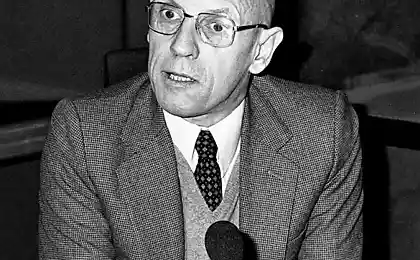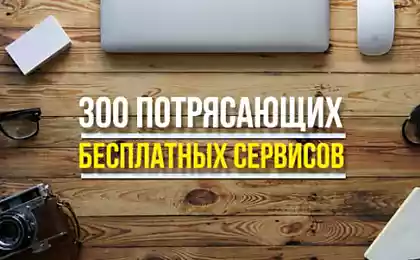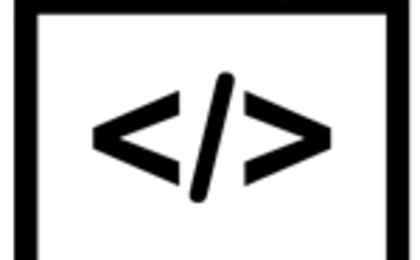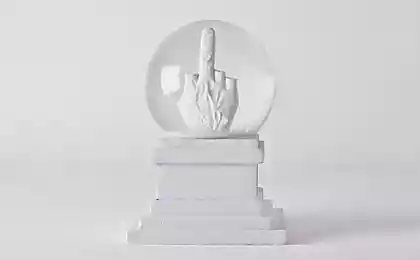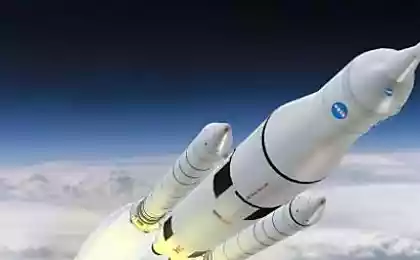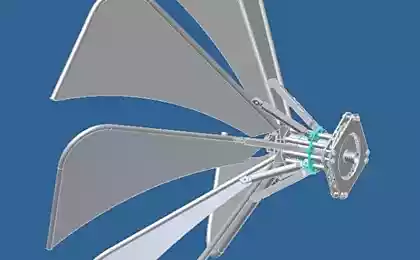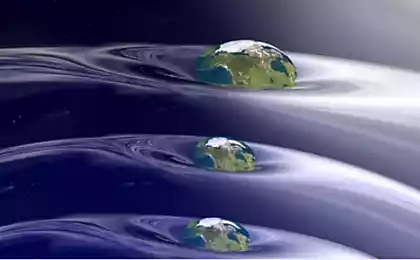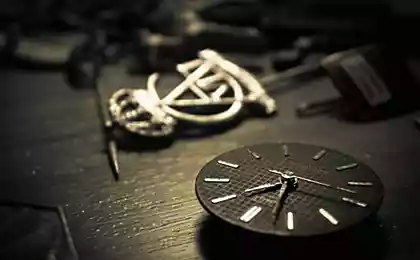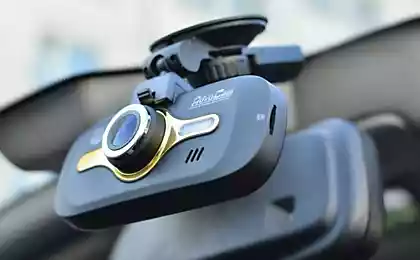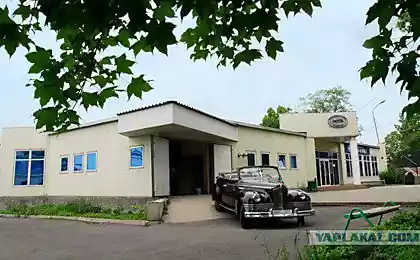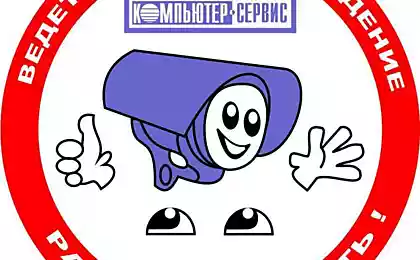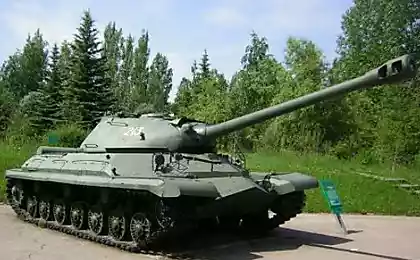918
Measuring the speed of light using a webcam
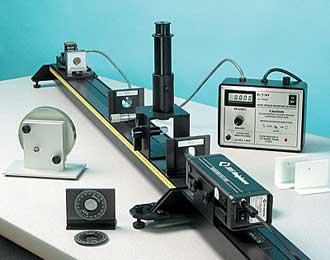
Teachers from the University of Innsbruck (Austria) offered to students updated installation for experiments to measure the speed of light. It uses a laser, a rotating mirror on the printer, web camera, catching the reflected light beam and the program to calculate the results.
In a classic experiment Foucault to measure the speed of light as a light source is used a candle, and to measure - two mirrors. One rapidly rotating mirror, the reflected light hits them in second, having a concave shape, and then returned back to the first. During the trip the light to turn the mirror kept pace for a certain angle, which is measured, it is possible to calculate the time during which the light has passed the famous double-spacing between two mirrors.
Now the necessary equipment for such an experience, you can buy online . Instead, it uses a laser spark. But the teachers University decided to go further and introduce modern technology experience.
"Among other things, we teach students to work with image processing, - поясняет Gregor Weiss , one of the initiators of the experiment. - We get a good accuracy of the experiment, so we encourage students to look for the imperfections of equipment that bring results in an error. This is very useful - check assumptions and think that could go wrong in a real experiment, compared with the schemes and the theory ».
In the classical scheme of the measurement results of the experiment are used mechanical measuring lengths and angles, and therefore the accuracy of these measurements is poor - the result may be different from the known value of 5%. The renewed experience of precise measurements allow to receive a response that differs from the standard of not more than 1%.
Well, wish to measure the speed of light if not as precise, but expensive, I suggest to use the known experience with chocolate and microwave. If slightly warmed chocolate without rotation, the distance between the centers of melting (about 6 cm) will be half a wavelength. If you multiply the wavelength of 12 cm on the frequency of the microwave (it is listed on the label behind the microwave, and typically 2, 45 GHz), we obtain a rate of 2, 94 * 10 10 sup> cm / s, which is enough close to the real speed of light 2, 9979 * 10 10 sup> cm / s.
Source: geektimes.ru/post/250108/
The new Airbus aircraft over 1,000 pieces printed the 3D-printer
During the year, EA plans to release a new Mirror's Edge, NFS and other games
